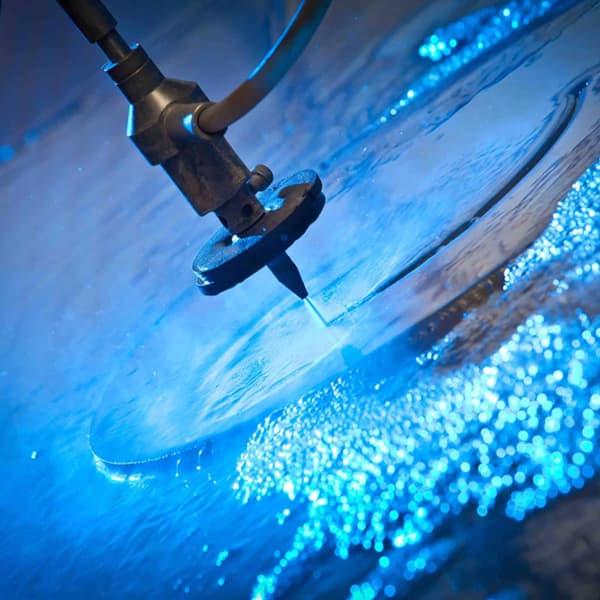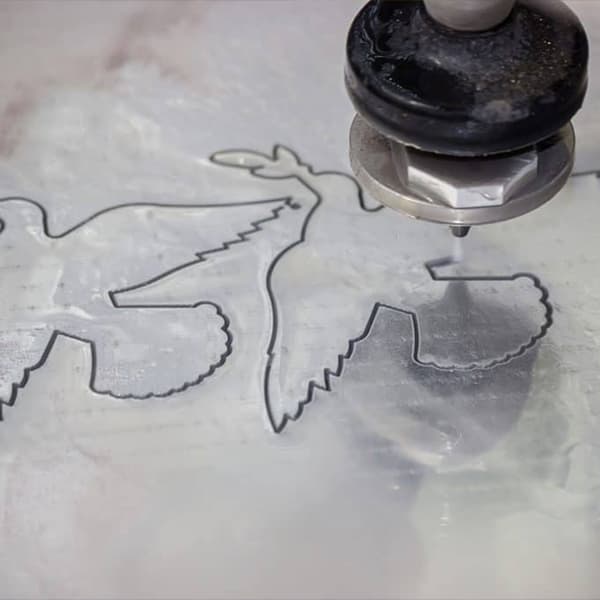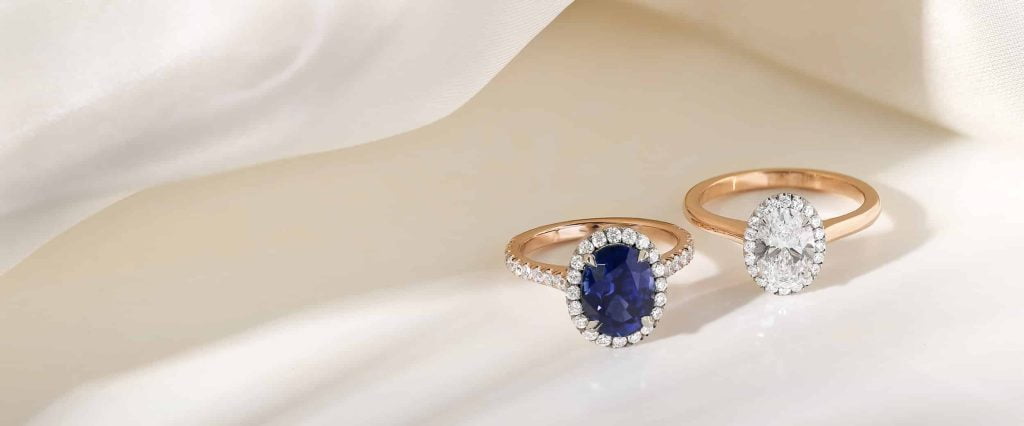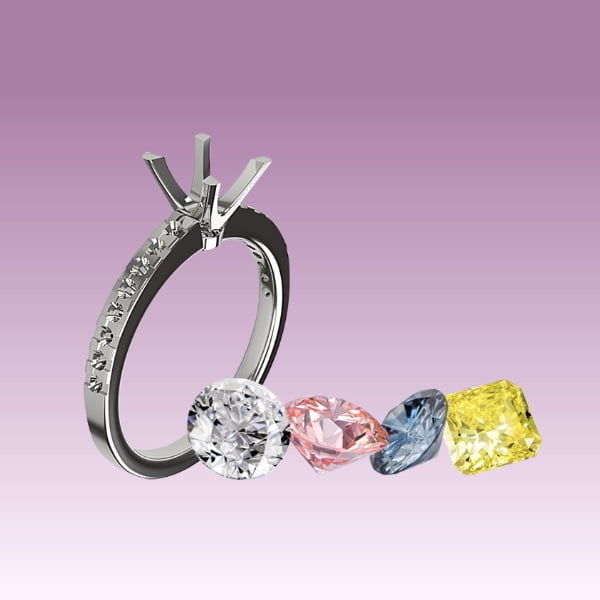Water jet cutting or laser cutting is not as simple as you think. Both have their benefits depending on the type of material you are working with. Choosing between laser cutting and Water jet cutting would, therefore, depend on your specification and the project at hand. At Laser Engraving Service, we have put together this journal entry to give you the knowledge to make informed decisions on your project. We will be exploring the different processes of C02 and Water jet cutting.
Water jet cutting explained
- How does it work
- The advantages and disadvantages of Water jet and C02 Laser Cutting
- What types of material can you cut?
- What is the thickness of the materials we can cut
In this journal entry, we will be going over the two methods of cutting with a laser and a WaterJet and looking at the pros and cons and their capability.


What is Water Jet cutting?
WaterJet Cutting uses a jet stream of pressurised water, which is mixed with an abrasive. At Laser Engraving Service, we use garnet as an abrasive. This method is not only friendlier to the planet; it allows you to cut a wide range of materials, cleanly, to close tolerances and with a clean, crisp edge. A water jet cutting also doesn’t part rude any heat into a piece. let us look at what the main advantages and disadvantages are of WaterJet Cutting.
Advantages of water jet cutting
- On our Water jet Cutter, we can cut various multiple layers of the same material.
- Water jet Cutting is just pressurised water and sand, so no harmful vapours are emitted while Water jet Cutting.
- WaterJet cutters can cut virtually any material, including glass and reflective surfaces.
Disadvantages of water jet cutting
Cutting Time – Thickness can lead to less accuracy when you are water jet cutting a material – The thicker the material is the further the stream is away from the nozzle at its point of impact. Cutting an uneven surface can change the cutting accuracy from top to bottom. Often, the jet can spread and make more of a diagonal cut than a straight up-and-down cut.
C02 laser engraving machine
Our c02 laser machine can be used to either cut or engrave a material by way of a beam that is projected through optics and focused by mirrors into a material which then either melts, burns, or vaporises away. C02 laser cutting or engraving is an affordable, easy-to-use, and versatile tool.
Advantages of C02 laser cutting
- Laser cutting is an amazingly clever way to cut or burn simple to more elaborate designs or motifs into a material.
- Speed!
- With C02 Laser cutting, you can achieve a high level of precision with little wastage, unlike Water jet Cutting, which has a higher quantity of material wastage during the cutting process.
- You can both cut and engrave with a c02 laser machine.
Disadvantages of C02 laser cutting
- Limitations to the types of material you can cut or engrave and unlike WaterJet cutting you are unable to laser cut reflective elements.
- The cutting or engraving process by the laser is created by heat so there is a possibility you could have a residue left from this process.
- When cutting or engraving a material, it can result in the release of harmful toxins, such as chlorine often found in plastic. At Laser Engraving Service, we only use Perspex-graded plastics to prevent the release of harmful toxins.
Water jet cutting
All types of precious and non-precious metals from 18ct Yellow Gold to Steel, Stone, Glass, Ceramics, Rubbers and Silicones, Plastics, you name it & we can cut it. All types of Plastics including rubber and silicone, fabrics, woods & paper. Glass, Stone including marble and granite, Ceramics, all types of Plastics including rubber and silicone, woods and papers. What is the thickness of the material we can cut? At Laser Engraving Services, we can cut on our WaterJet machine materials to a depth of 25mm or 1inch the bed size of our WaterJet machine is 12 x 12 inches. On our C02 laser cutting and engraving machine, we can cut Perspex and Wood to the thickness of 12mm, the size of the bed of our machine is 500x700mm.



